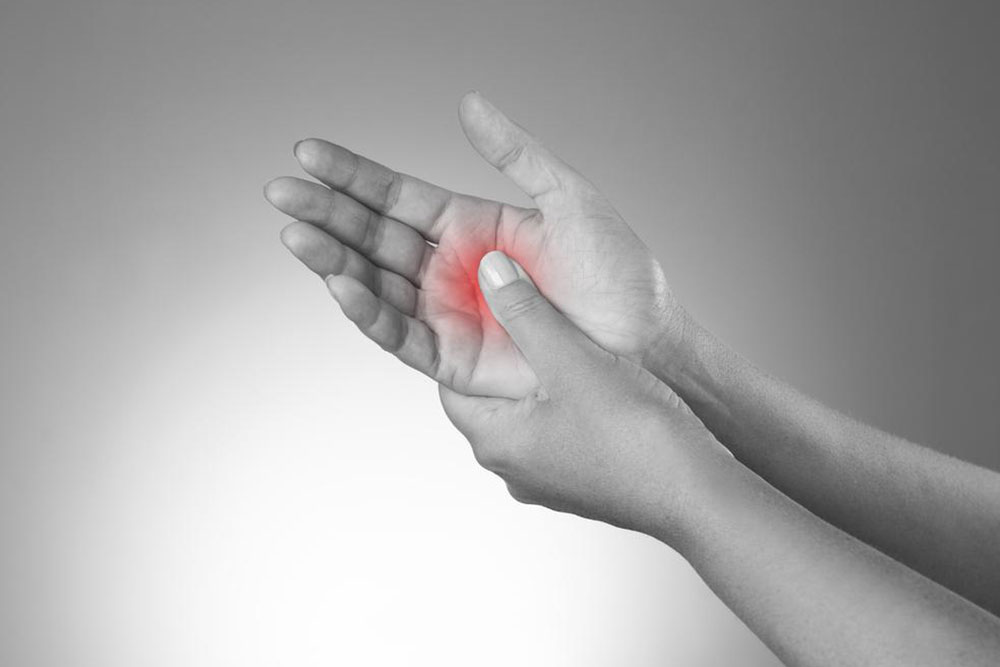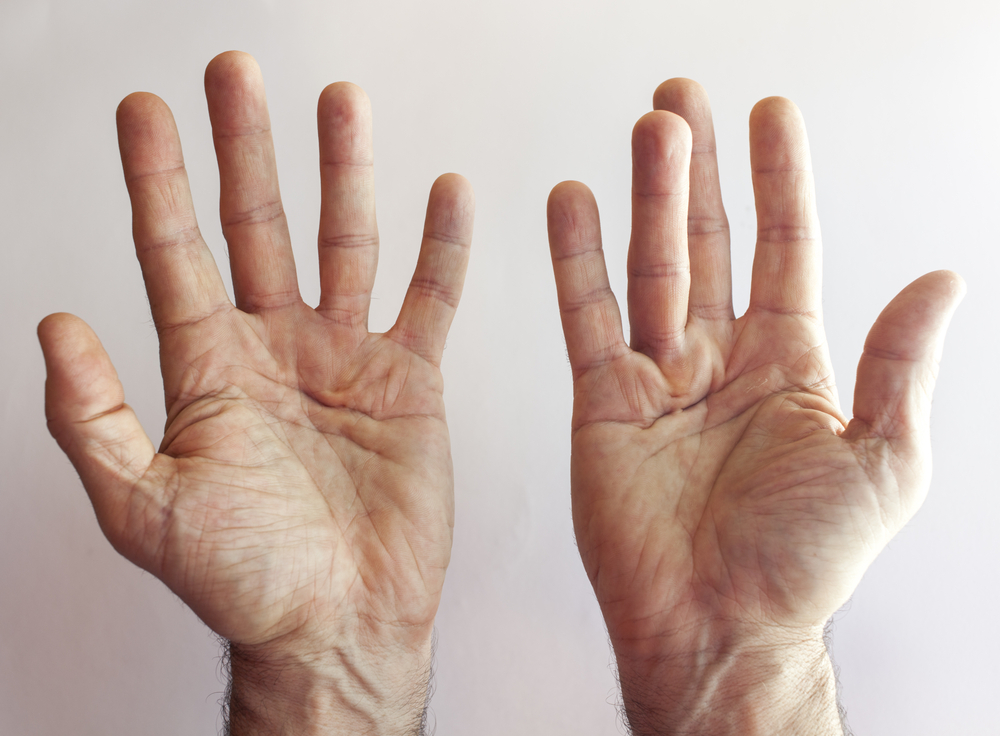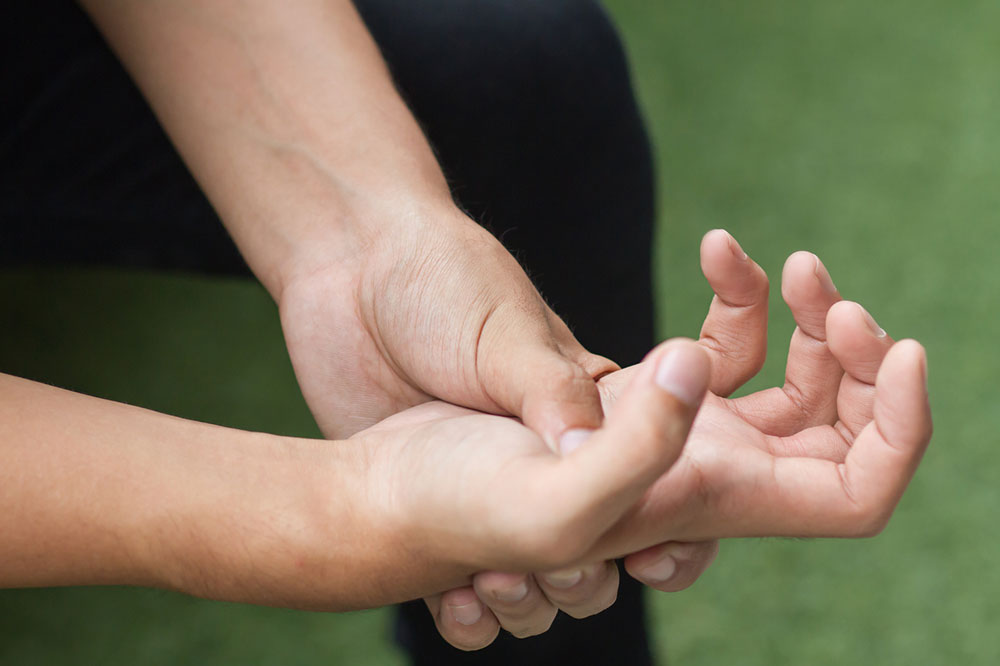Top Three Treatments for Managing Dupuytren’s Contracture
Explore the top three treatments for Dupuytren’s contracture, including needling, enzyme injections, and surgery. Learn how each approach can help manage finger deformities, the procedures involved, and recovery expectations. Suitable for those seeking alternatives to invasive interventions, these options provide effective solutions depending on disease severity and individual needs.

Top Three Treatments for Managing Dupuytren’s Contracture
Dupuytren’s contracture is a hand condition that causes thickening of tissue beneath the palm’s skin, leading to the formation of knots and cords that can bend fingers abnormally. It commonly affects men over 50, especially those of Northern European descent, and typically involves the ring and little fingers. Thankfully, various treatment options can help slow or reverse the progression of this condition. Here, we explore the three most common methods.
Needling Technique
This minimally invasive method involves inserting a needle through the skin to break the abnormal cord causing finger curling. Since no incision is needed, multiple fingers can be treated simultaneously. Repetition may be necessary as cords can recur. Post-treatment physical therapy is recommended, though care must be taken to avoid nerve or tendon injury in certain areas.
Enzyme Injections
Injecting enzymes into the affected cord softens it, making it easier for doctors to break and straighten the fingers. Similar to needling, repeated treatments might be needed if the disease returns.
Surgical Intervention
For severe cases involving pain or limited mobility, surgery can remove the abnormal tissue to restore function. While effective, recovery takes time, and in advanced situations, surgeons may need to excise affected tissue and perform skin grafts. This is the most invasive approach, often requiring prolonged rehabilitation and extensive physical therapy.









